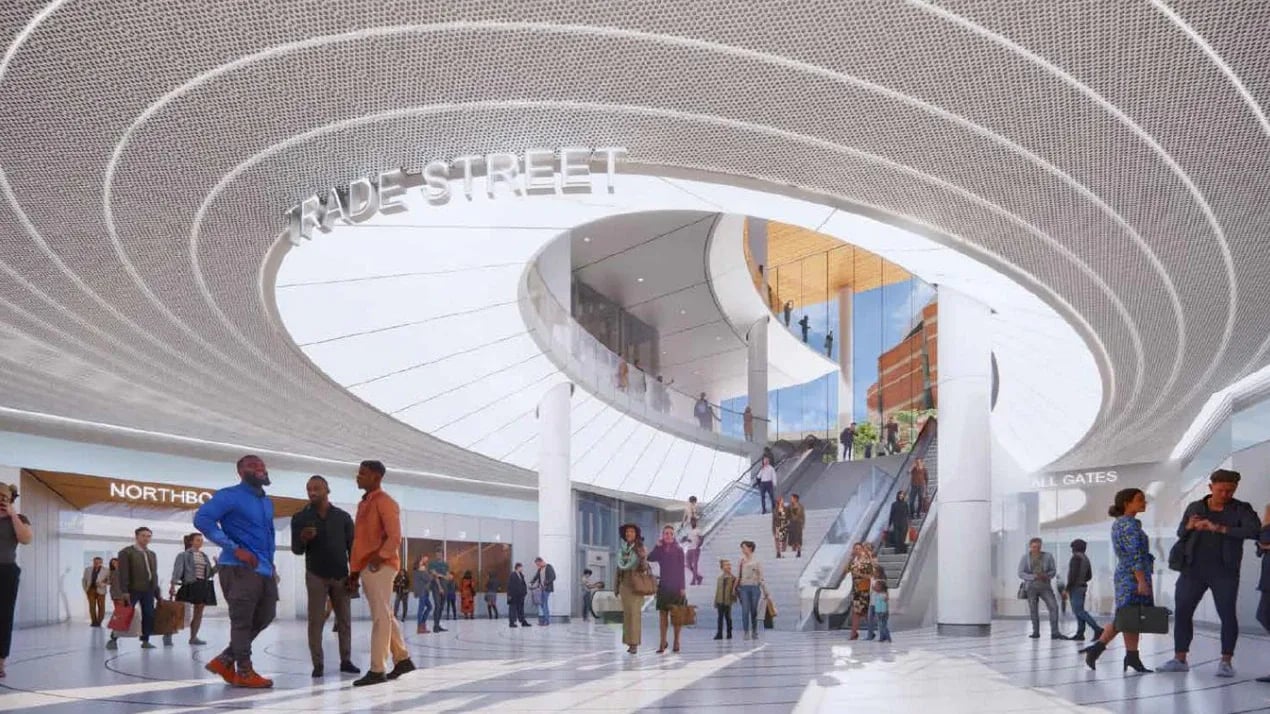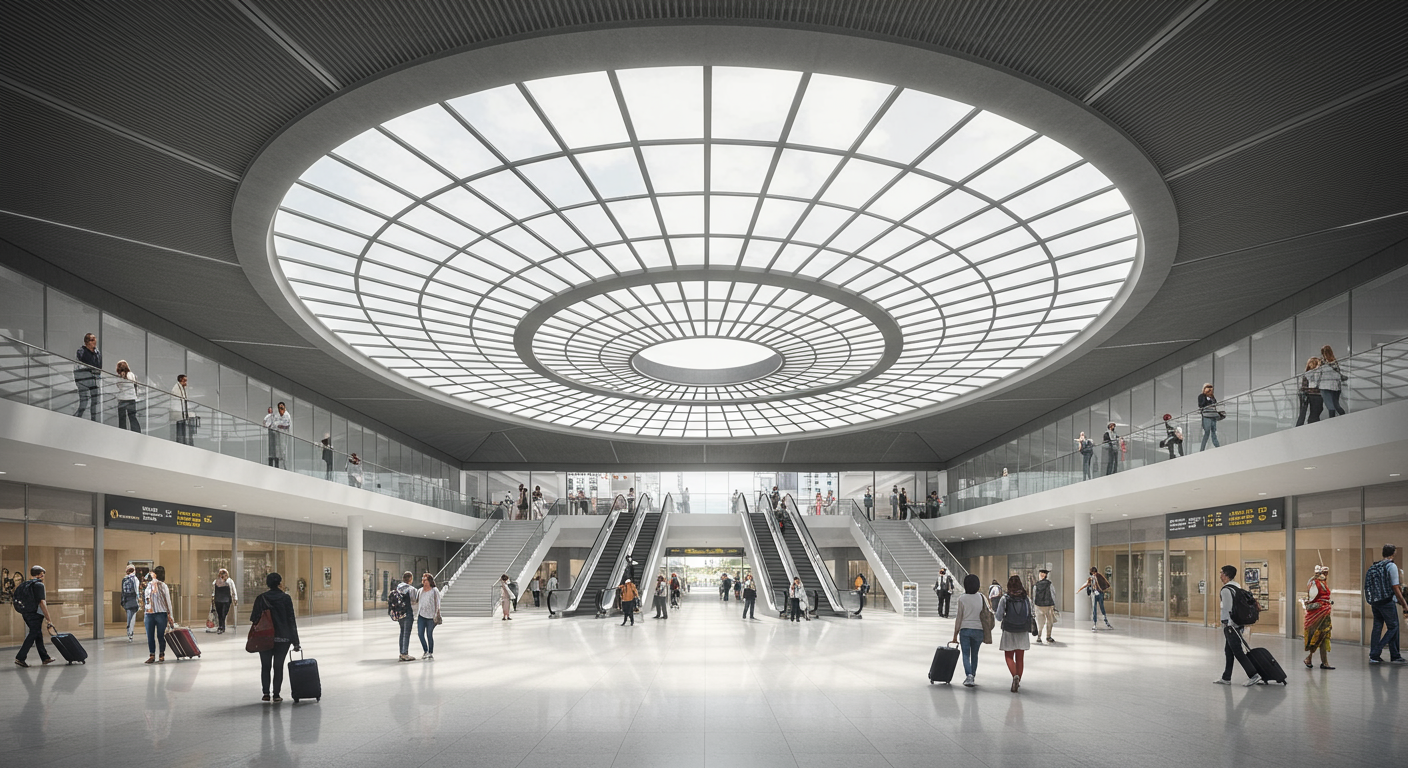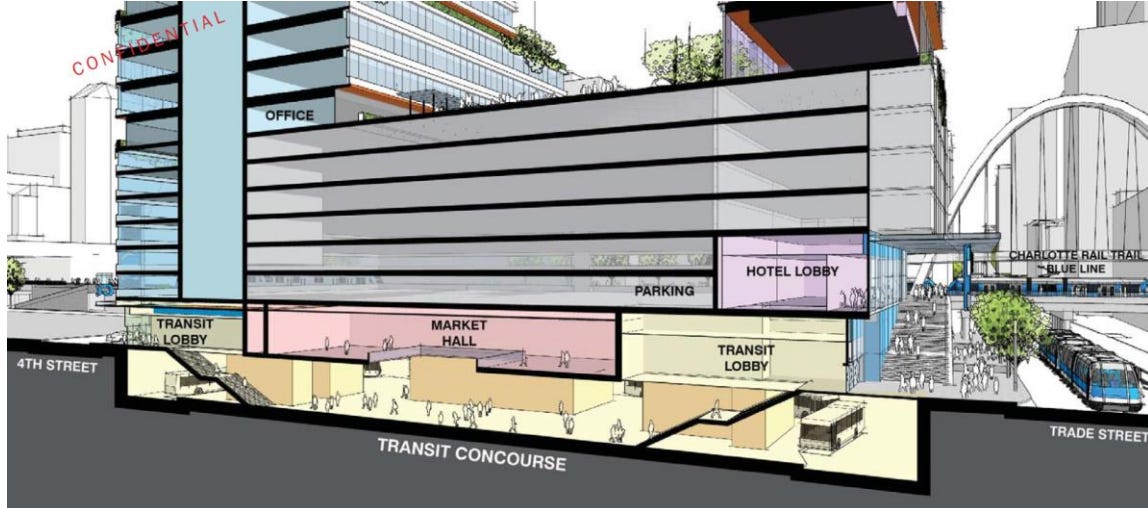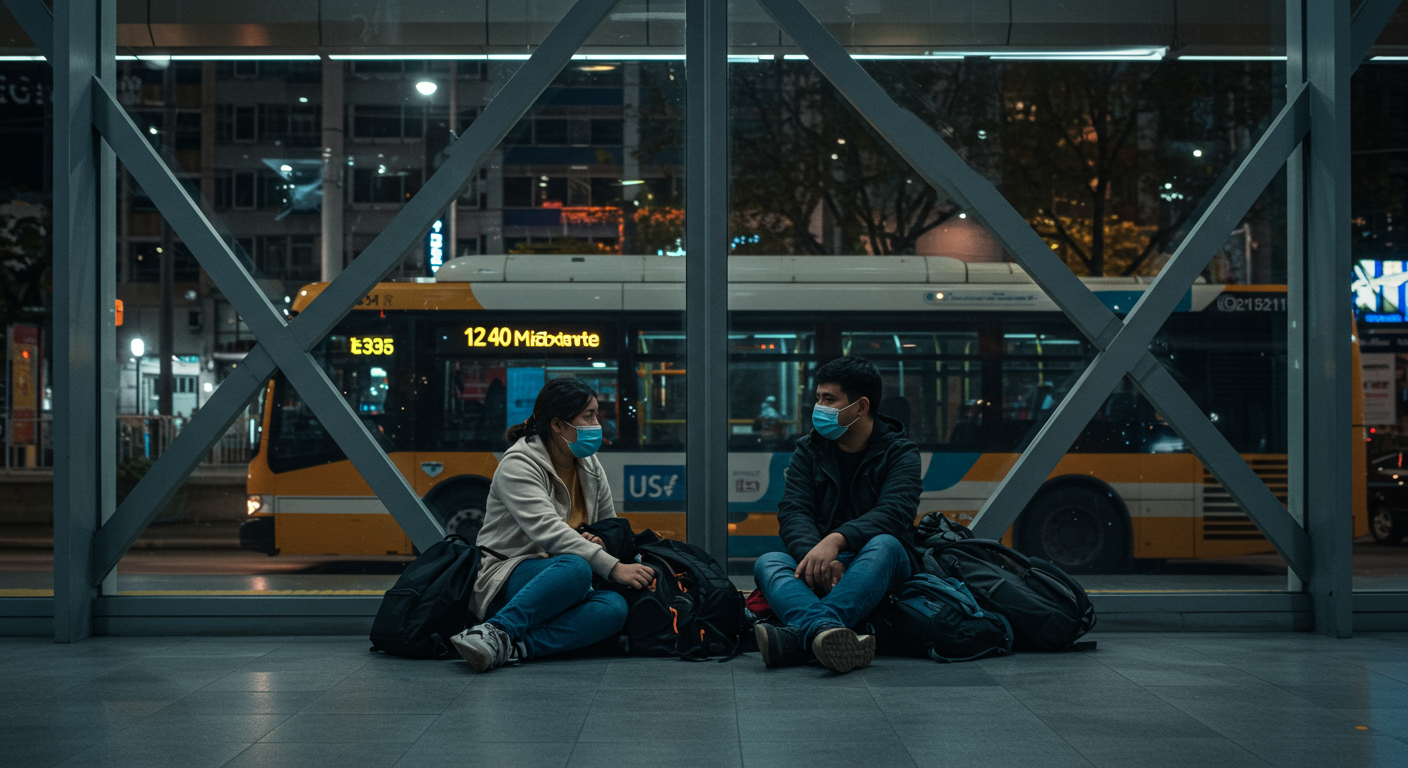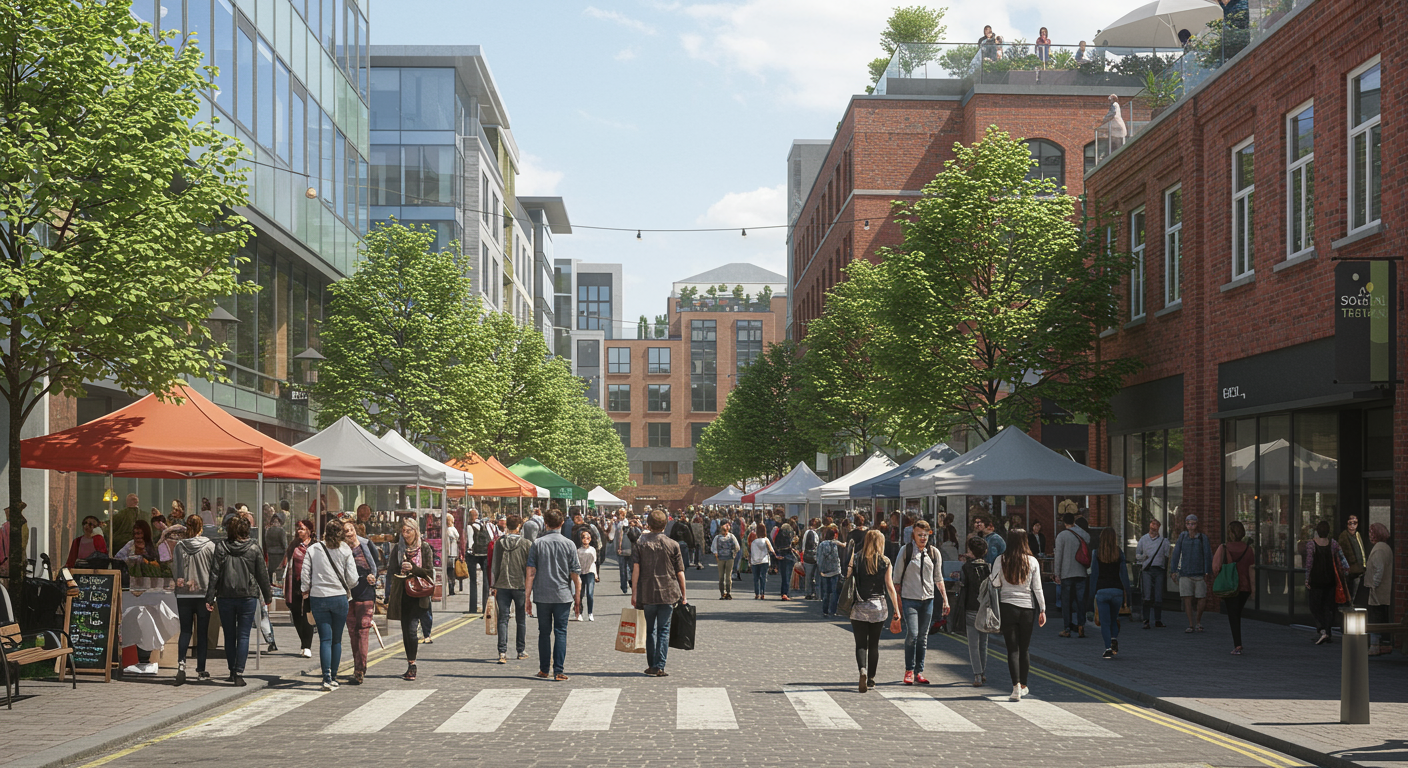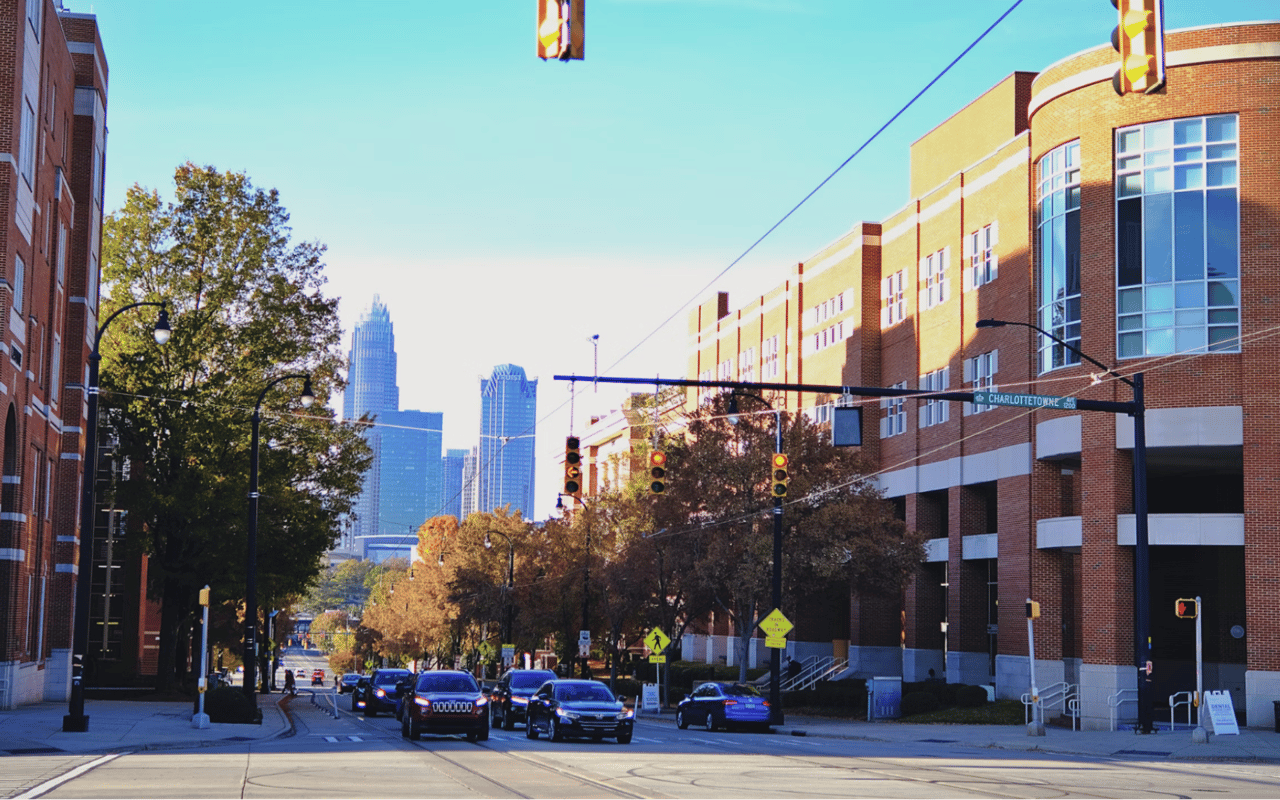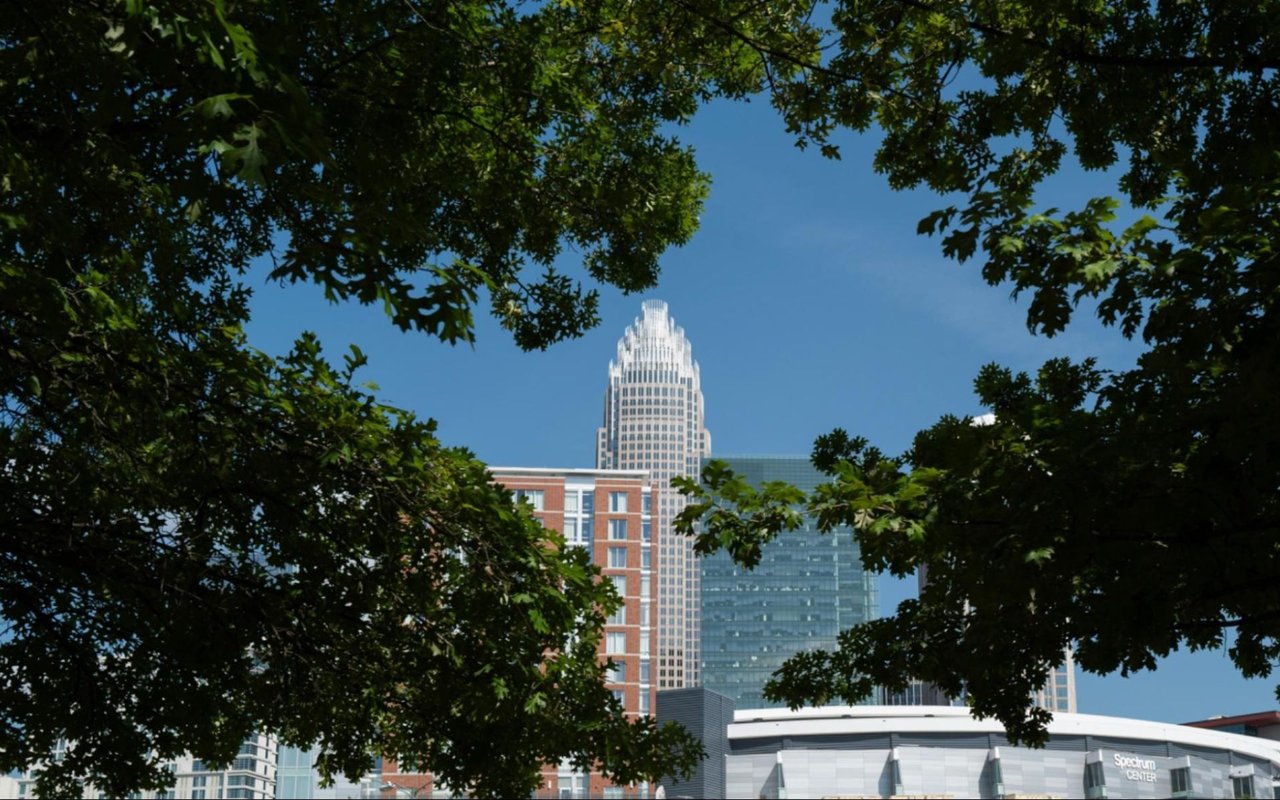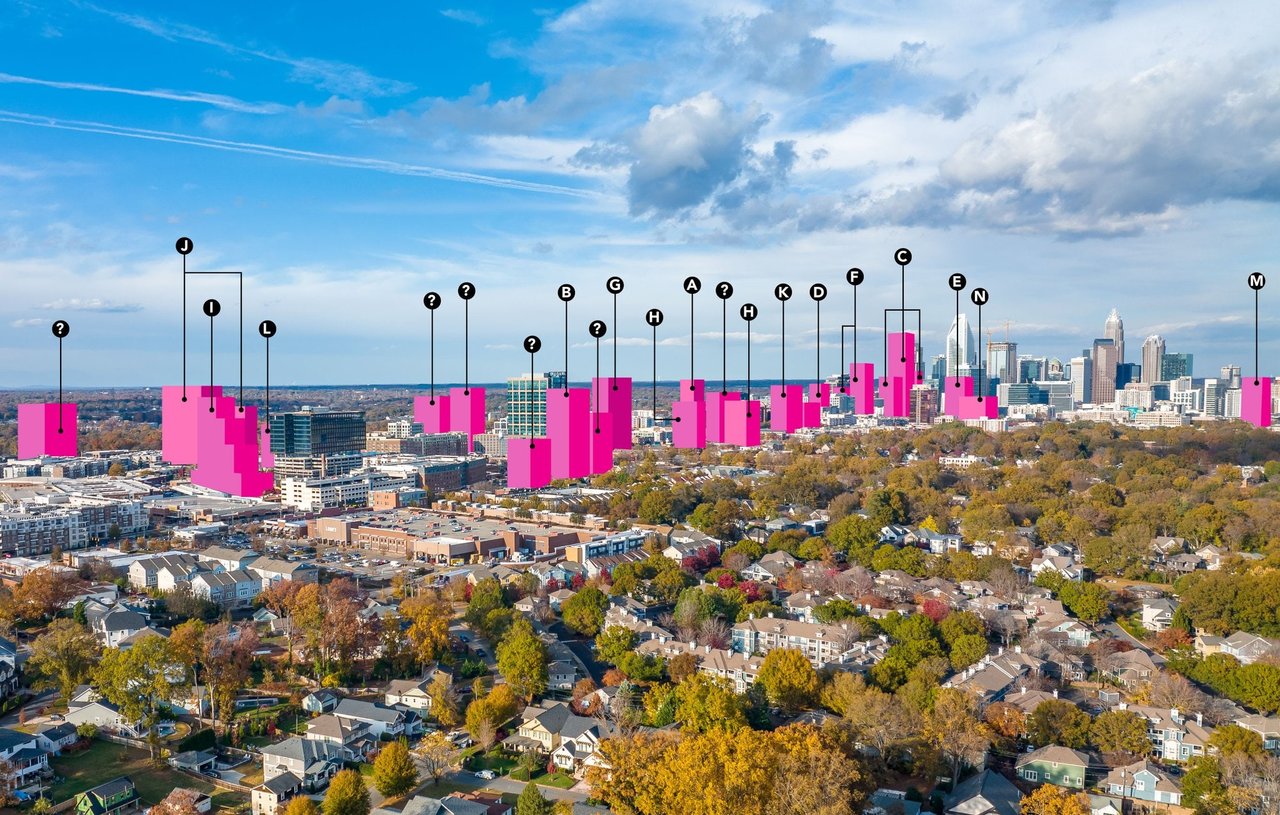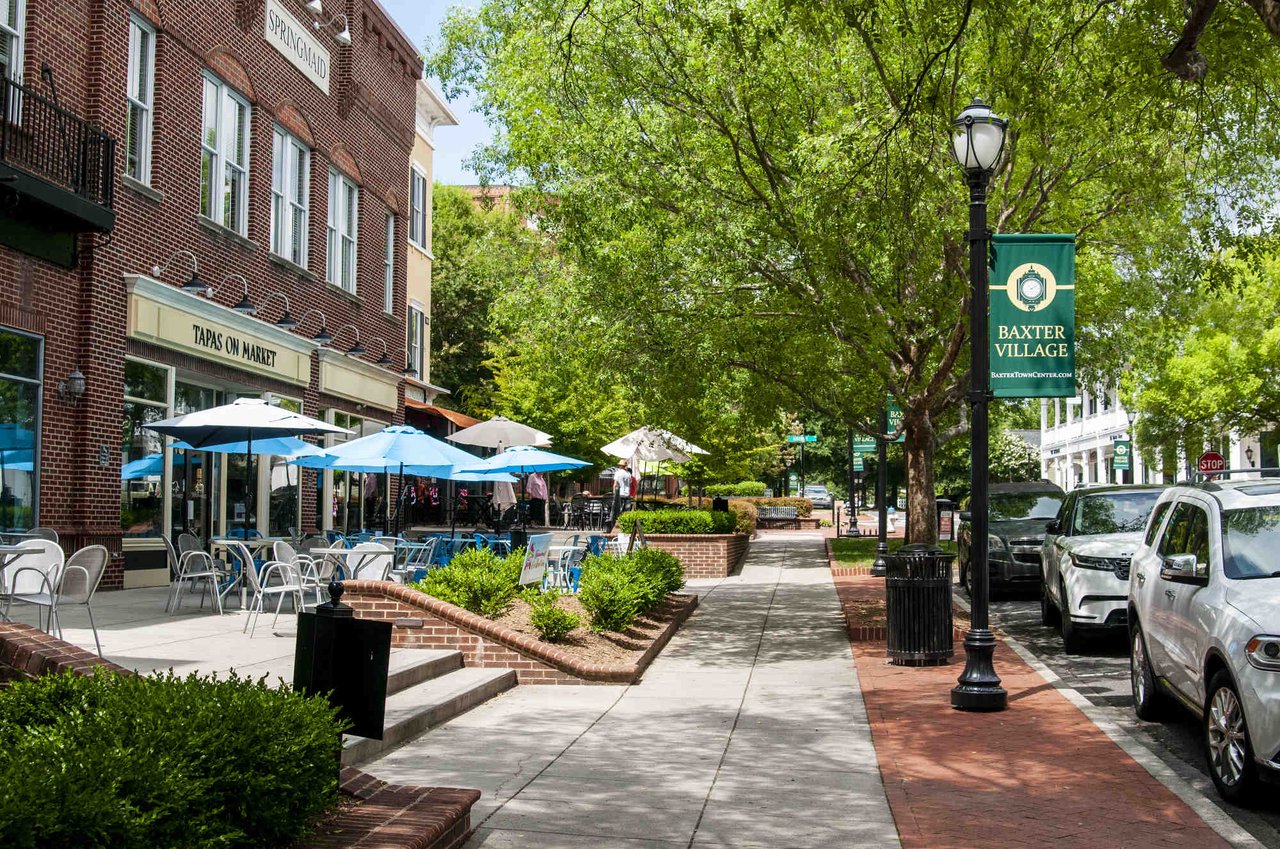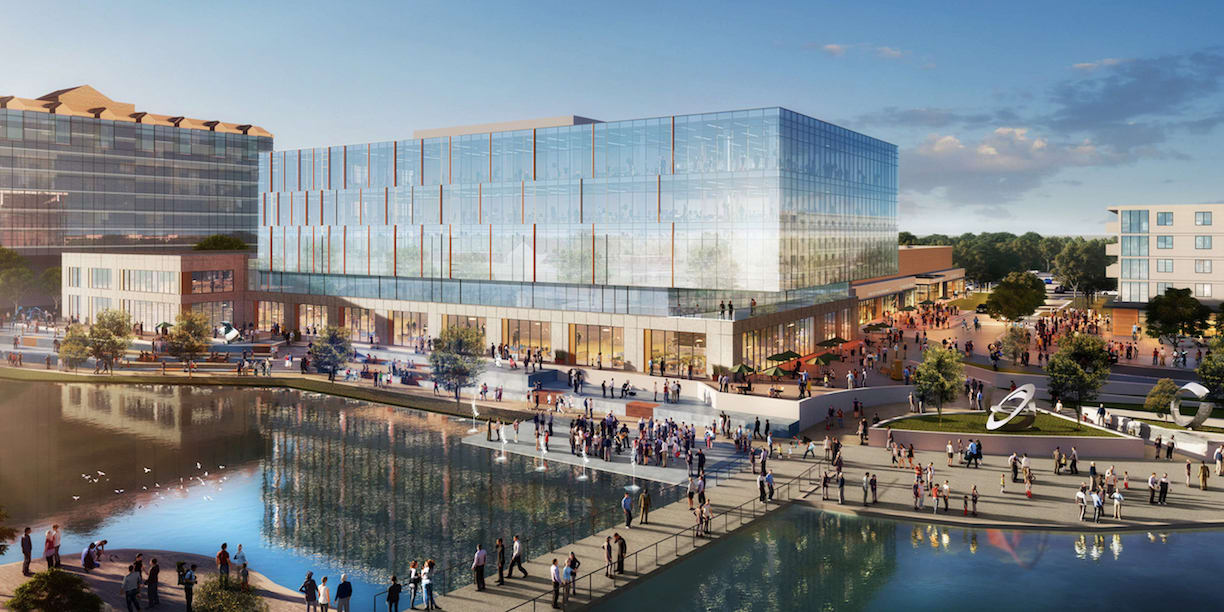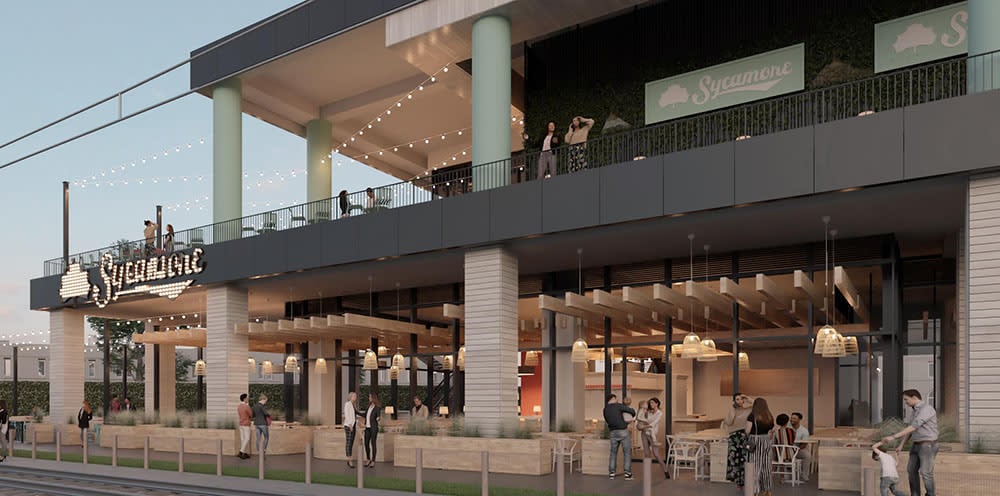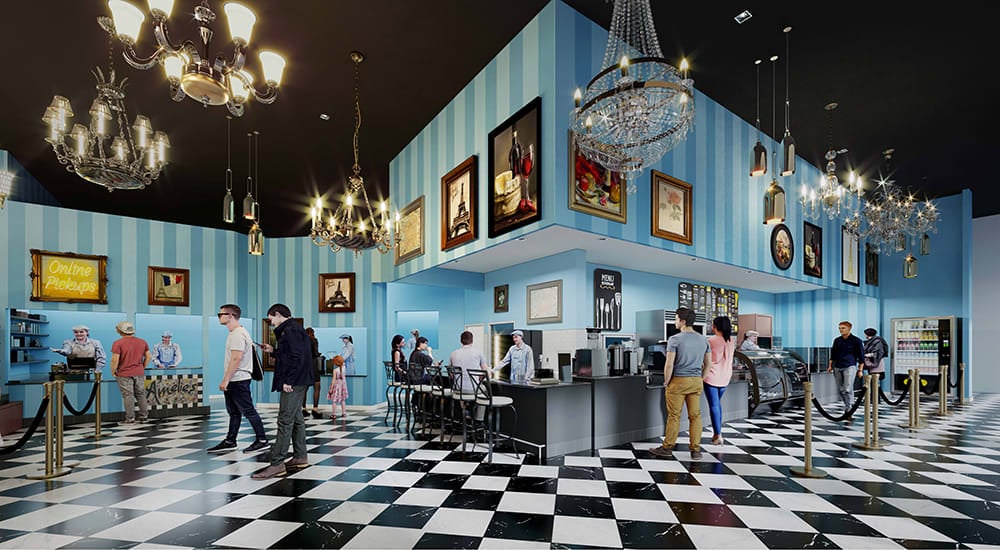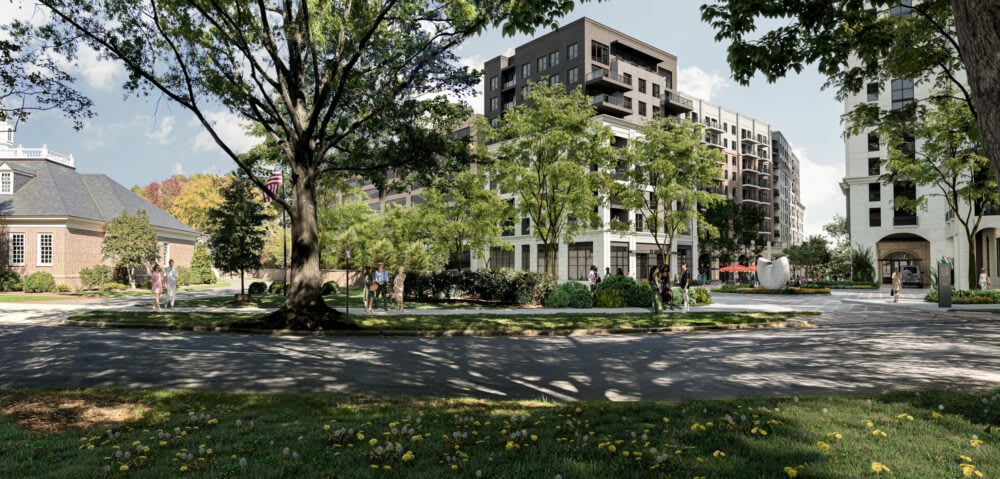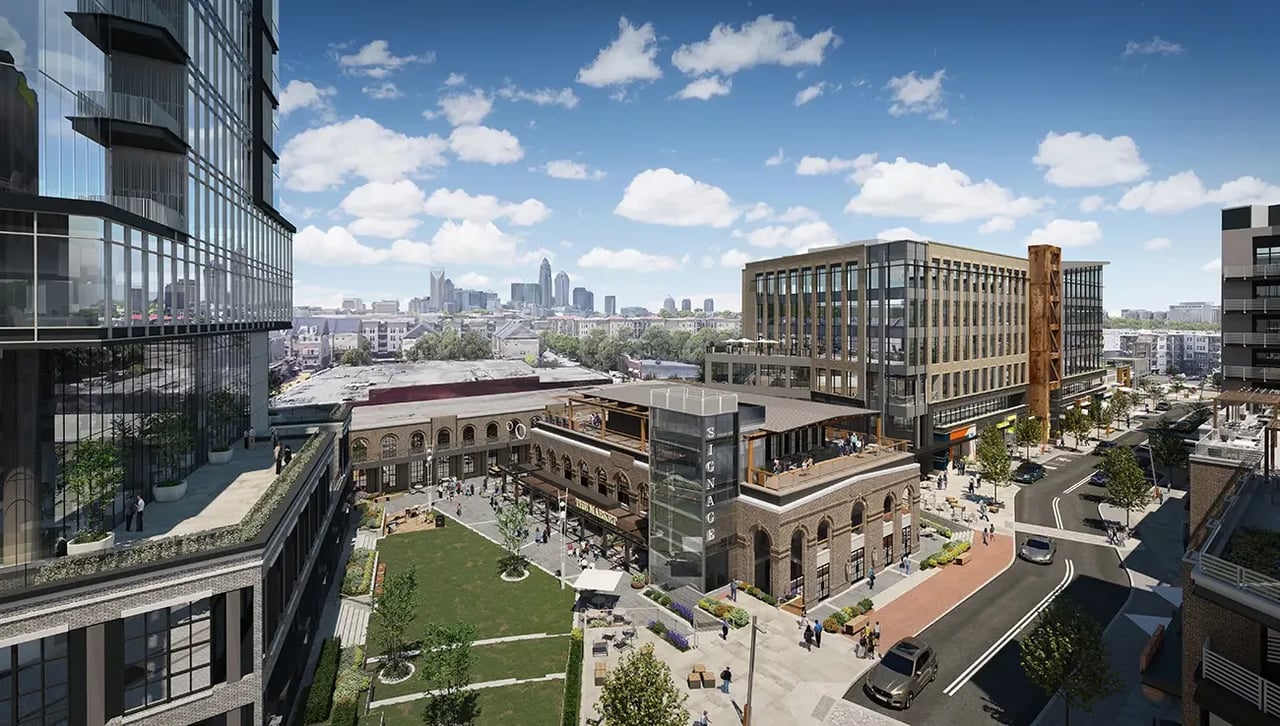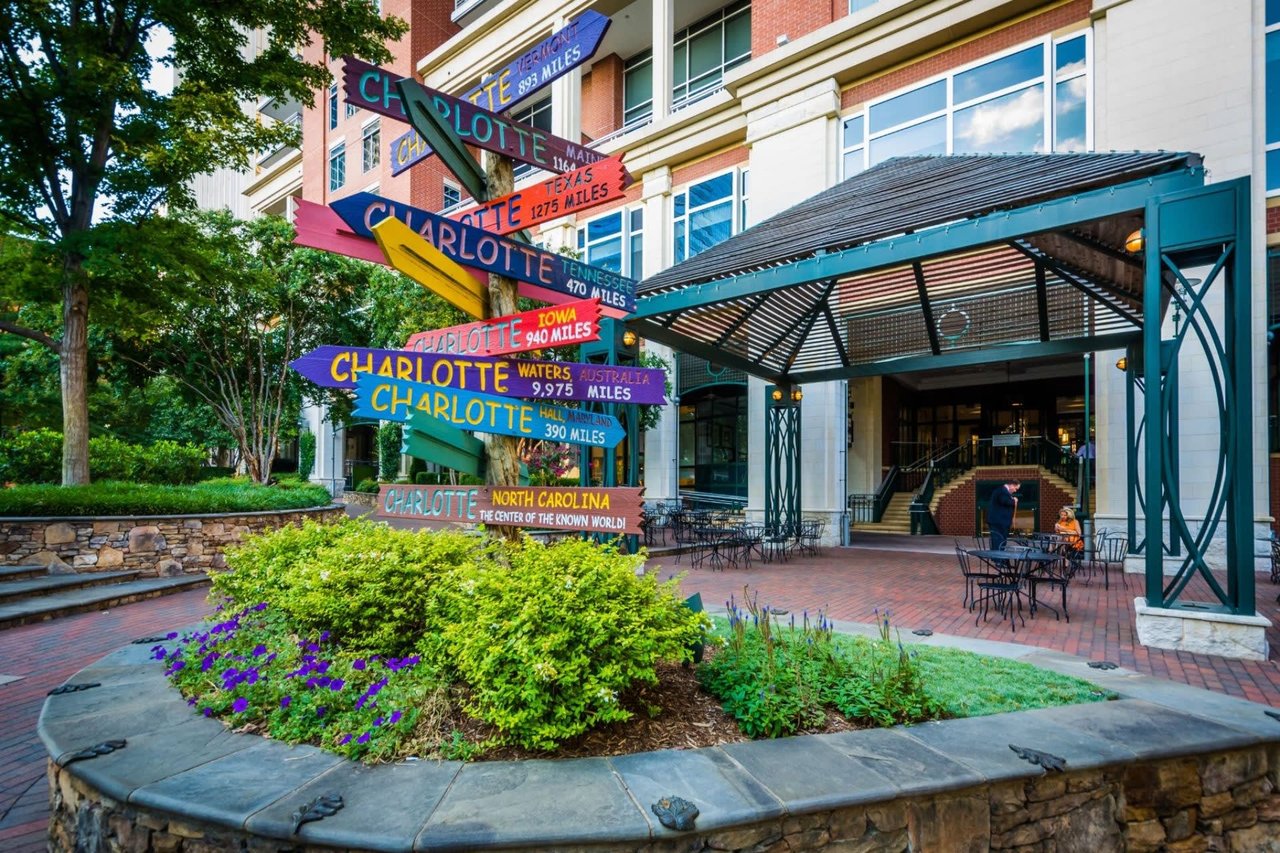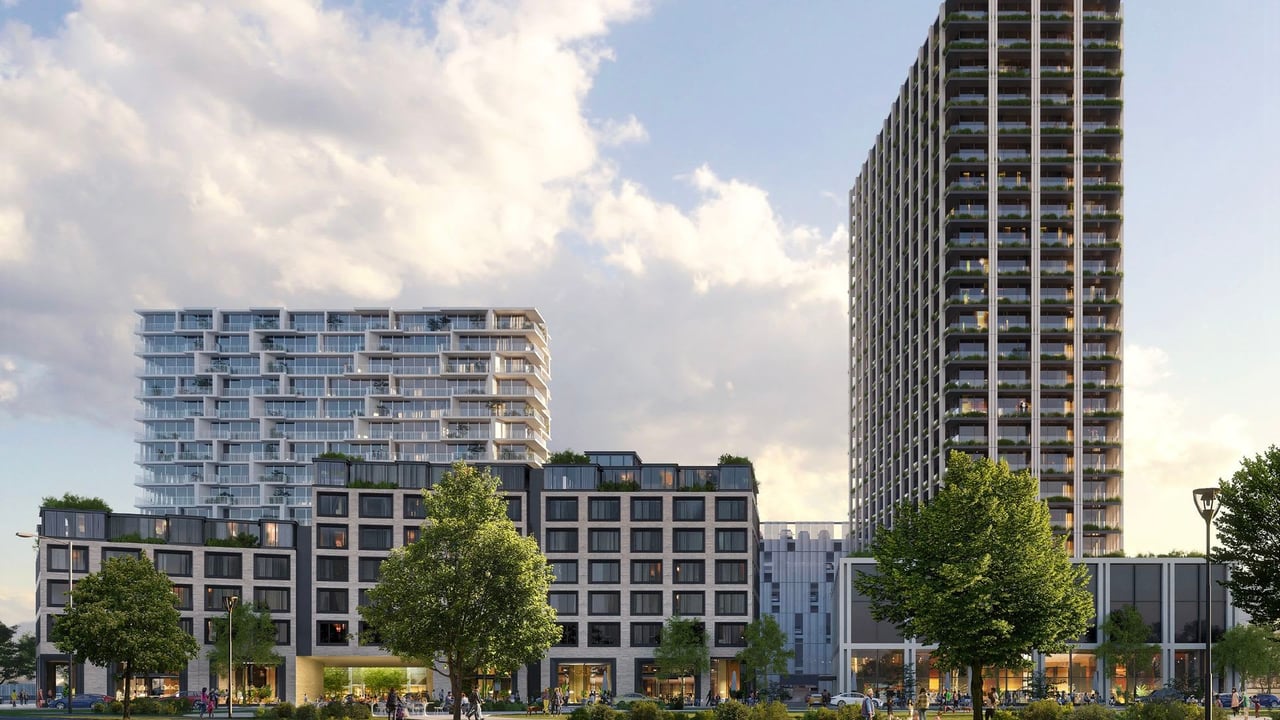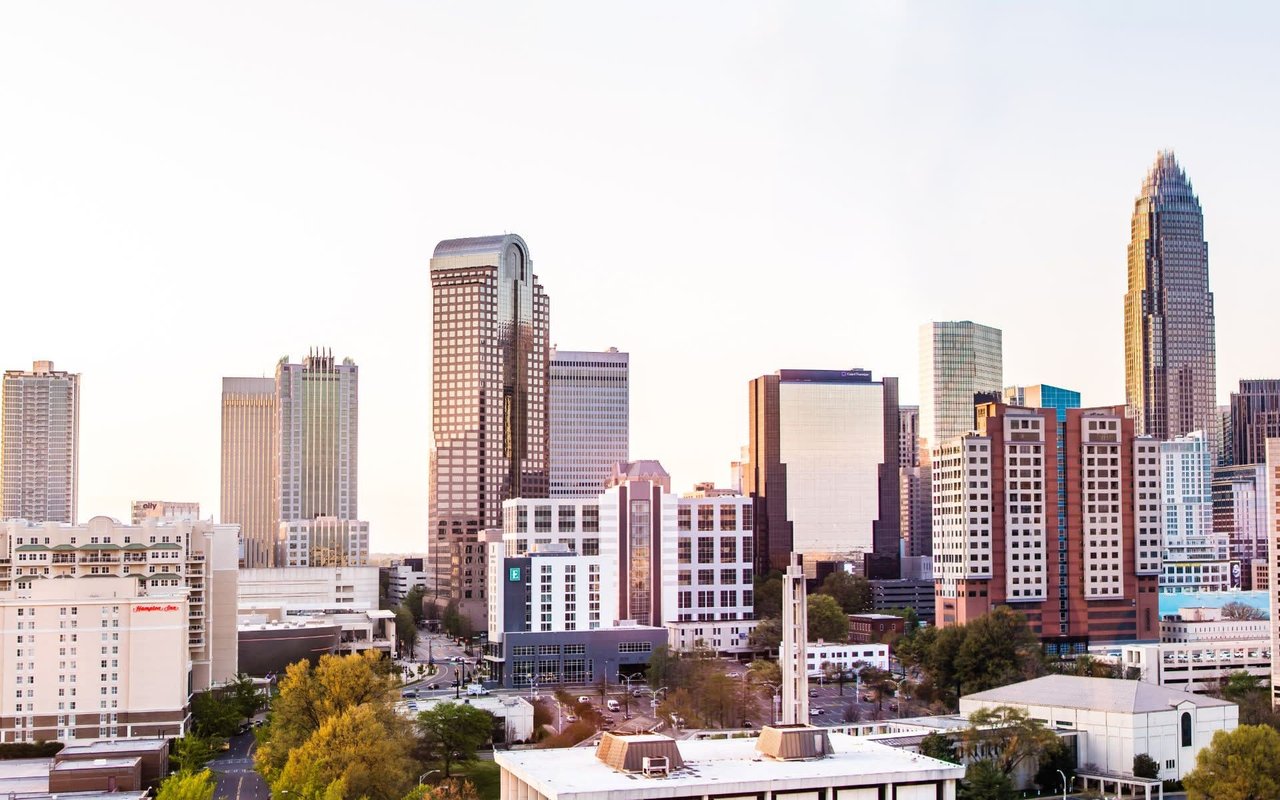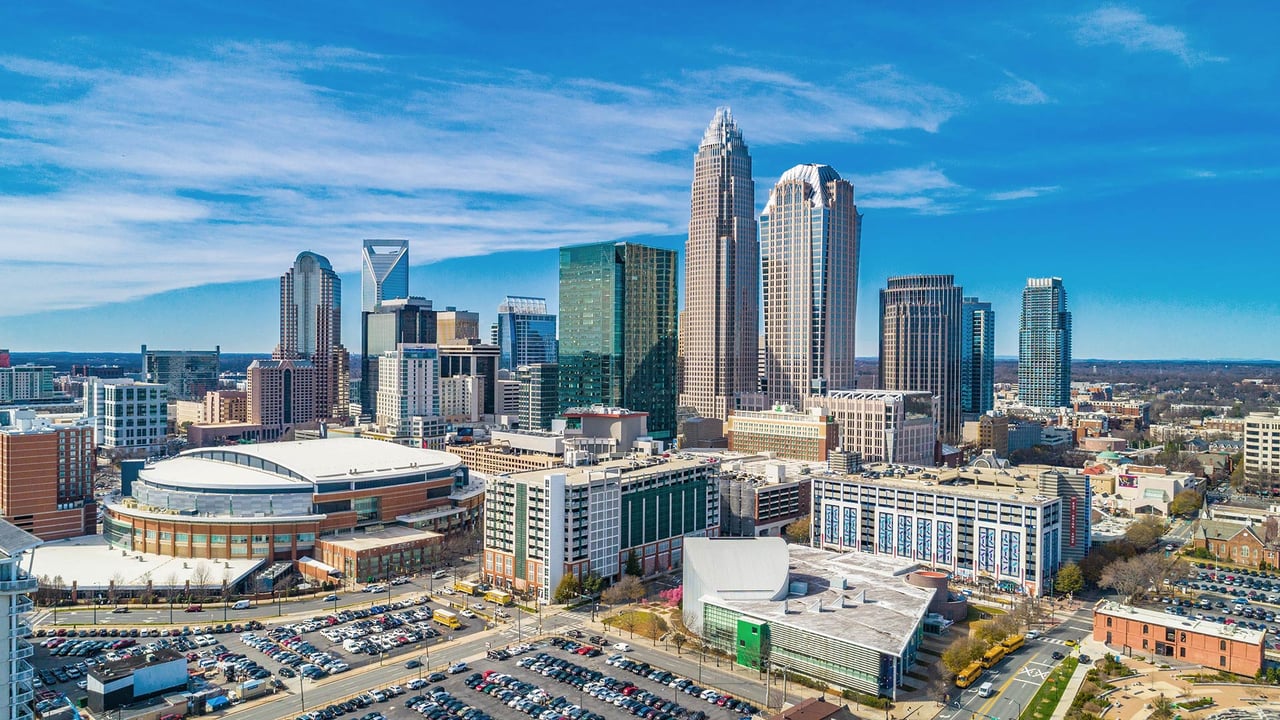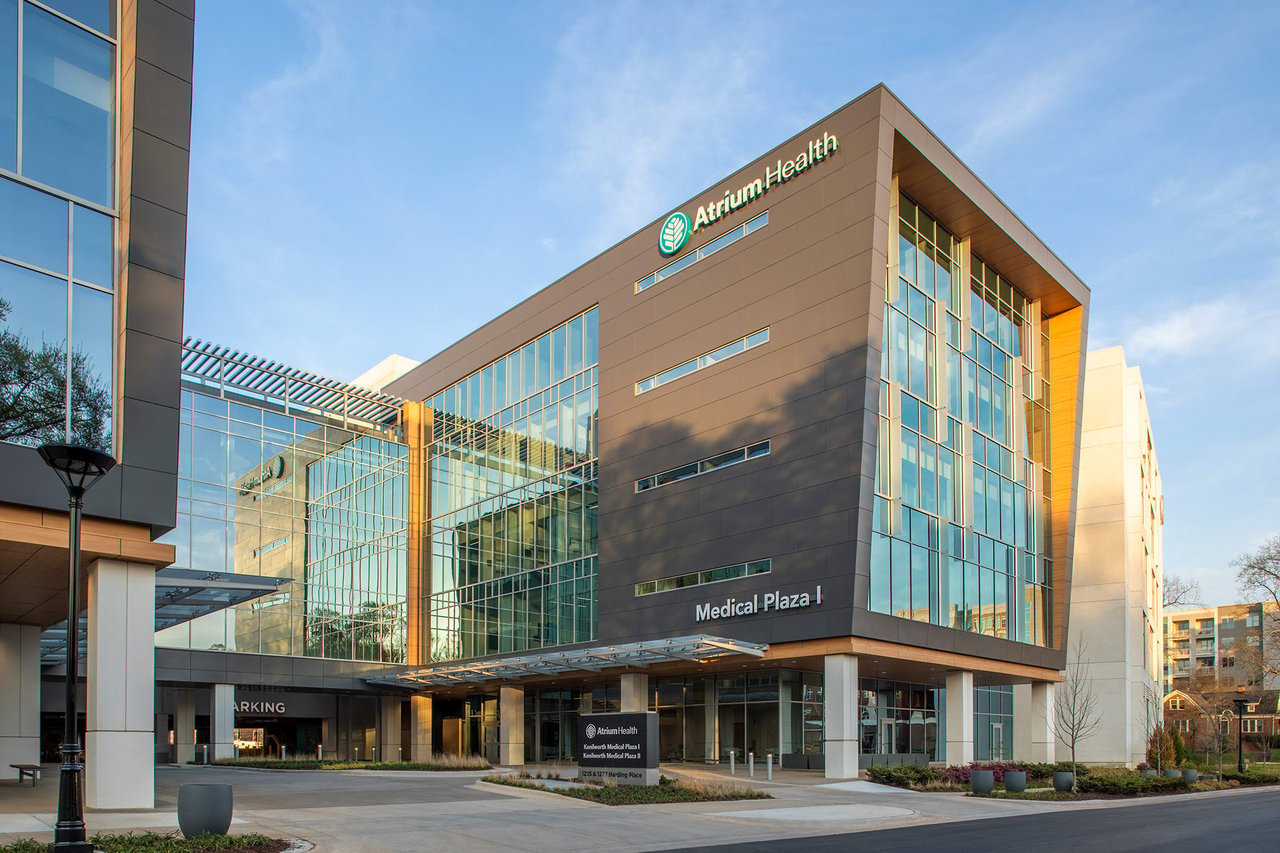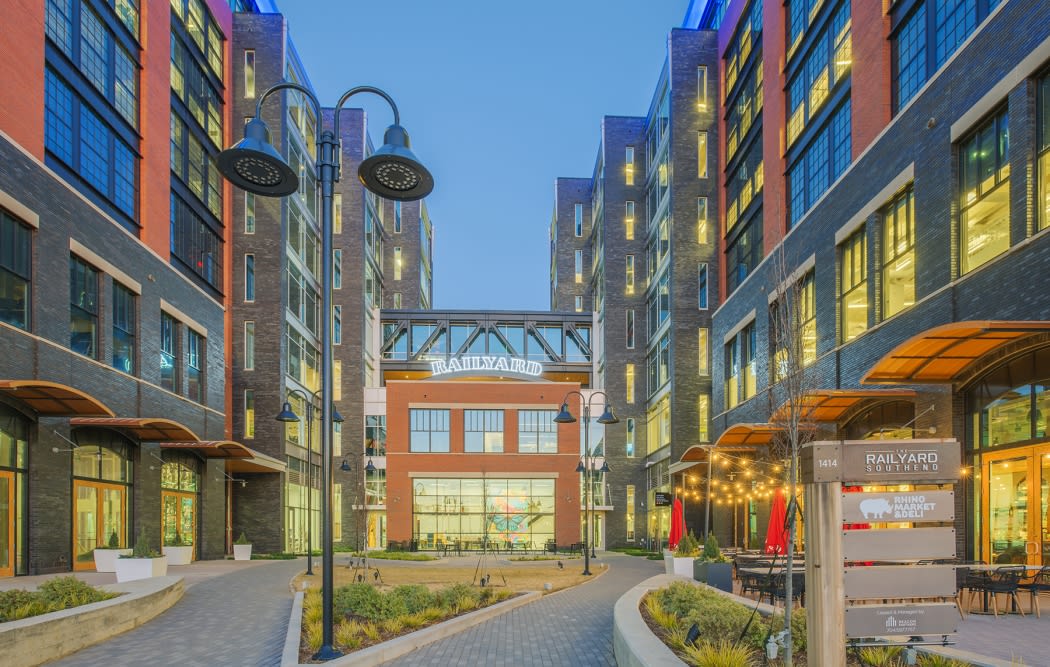Shifting Charlotte’s transit center below ground might be good for development, but there are drawbacks, consultant says; Denver’s underground station a ‘lawless hellhole’
City staff this week released renderings of a proposed underground bus station on the site of the existing Charlotte Transportation Center on Trade Street uptown, across from the Spectrum Center.
In 2016, Charlotte’s political and business leaders took a trip to Denver to see the city’s Union Station — a massive transit hub that includes light rail, commuter rail and a $219 million underground bus terminal.
Charlotte has a similar idea.
City leaders want to build an underground bus station on the site of the Charlotte Transportation Center, the main bus station uptown. Like the Denver below-ground bus terminal, it would have an air-conditioned waiting area for passengers, along with other amenities. The Gold Line streetcar, the city’s bus lines and the Blue Line light rail would all cross in one block.
But there appear to be significant problems with the Mile High City’s subterranean bus depot.
In December, the head of Denver’s local transit union called the city’s underground bus terminal a “lawless hellhole” that is full of “prolific loiterers.”
Denver media have written extensively about problems at the bus station, which include people using and dealing drugs and people who are unhoused using it as a place to stay.
The city launched a crackdown, resulting in 1,200 arrests and citations in six months.
Charlotte’s ambitious plans
Charlotte’s main bus station — known as the Charlotte Transportation Center, or CTC — is across from the Spectrum Center on East Trade Street. It opened in 1995.
As part of a $275 million plan to upgrade the arena and extend the Charlotte Hornets lease to 2045, the city plans to redevelop the site of the main bus station.
Under the plan, the CTC would be moved one level below ground. That would clear the way for a new development of offices, retail, a hotel and a new Hornets practice facility atop the bus station:
But transportation consultant Steve Yaffe of Rock Hill told WFAE last week that he is concerned about the city’s plan. Yaffe isn’t working with the Charlotte Area Transit System, but he’s followed its idea of moving the bus station below ground level. He said it would be “unhealthy,” “discriminatory” and a “public-safety nightmare.”
Those comments were discussed at Monday’s City Council economic development meeting.
CATS chief executive John Lewis defended the proposal, saying underground bus terminals are common across the country. He said the Charlotte facility would have much-needed amenities and that the current station has “outlived its usefulness from a mobility standpoint.”
At-large council member Braxton Winston, however, said he is concerned about the city’s plans. He said just because other transit systems might have put bus terminals underground doesn’t mean it’s right.
“The suggestion that transit has been doing something all over the country for a long time isn’t sufficient when you look at an equity lens,” he said.
He added: “As a person who grew up using the Port Authority (the main bus terminal in New York City) … whether it’s above or below ground, it’s dirty, it’s harsh.”
Council members and city officials did not discuss Denver’s problems.
Denver’s underground bus terminal has had problems, summarized in this December news story.
Charlotte wants buses underground for new entertainment district
From a pure transit perspective, there is no engineering reason to place Charlotte’s main bus station underground.
The city is proposing it because buses are unsightly and loud, and officials believe they can create an entertainment district on Brevard Street near the arena if the buses are hidden. The city would like the area to become like districts near sports venues in other cities, like Georgia Street in Indianapolis and Victory Park in Dallas.
A city rendering of Brevard Street near the bus station and arena, full of activity.
But even if buses are underground, there still may be challenges to making the area by the Spectrum Center a family-friendly district. It’s unclear why restaurants and retailers might be expected to suddenly flock to the arena-bus station-practice facility area in ways they largely haven’t since the arena opened in 2005. The Epicentre development next door, set to be auctioned out of bankruptcy this summer, is 70% vacant.
In a City Council meeting two weeks ago, city economic development director Tracy Dodson said there is a public-safety problem with the CTC today. And the media have also reported on problems at the station. A 2019 Charlotte Observer article said: “Across the street, the Charlotte Transportation Center reported 22 crimes involving a gun. Only the airport had more — and most of them were nonviolent weapons law violations.”
Dodson and city leaders have not said how moving the bus station underground would improve public safety. Yaffe, the transportation consultant, said that hiding a problem — by placing it underground — can make crime worse.
There are other questions about the proposal to bury the CTC:
◼️ No cost estimate. The city has not given an estimate of how much money it would cost to move the station underground — as opposed to refurbishing the existing station or building a new one at street level. It’s not known if the Charlotte station would be as large as the bus terminal in Denver, which cost $219 million 12 years ago. If the Charlotte project is similar in size, it would likely cost more, given inflation.
Would the city pay for that with money from a proposed sales tax increase for transit? It hasn’t said.
In response to a question about cost, the city said:
Council is not voting on the CTC at the upcoming vote (Monday), which is only for Spectrum Center renovations and for funding of a Performance Center as part of the revised contract between the city and the Charlotte Hornets. There will be further updates on the CTC project provided to council and the public later this year and any vote, which has not been scheduled, would come after additional updates and discussions.
Last year, the federal government awarded CATS a $15 million grant to help pay for replacing the transportation center, and the transit system has been working with developers White Point Partners and Dart Interests for the last few years on plans to come up with a privately funded project that would incorporate a new publicly financed transit station.
City Council member Larken Egleston theorized that the private developers might be willing to absorb some or all of the cost, in exchange for the city-owned land. But it’s likely the cost of building a new bus station underground would cost far more than the price of the 2.6 acres occupied by the CTC.
Developable land in uptown rarely sells for more than $10 million to $15 million an acre. County records show the appraised value of the CTC parcel is about $22.9 million.
◼️ Naming rights uncertainty. Will $60 million from naming rights materialize?
A city consultant said this week that the city can collect $60 million from naming rights for the basketball practice facility and different digital signs in the area. But will the site be more known as a bus terminal or a practice facility? And if it’s a bus terminal, would any business want to underwrite that?
(The other option is that the Hornets build their practice facility on a city-owned gravel parking lot near the arena. The city has said this may happen if the CTC plan doesn’t work.)
◼️ Is it needed? Why have a bus station at all?
Before the CTC opened in 1995, Charlotte buses often stopped on Tryon Street, creating congestion. Then-NationsBank chief executive Hugh McColl spearheaded an effort to create the CTC, which shifted buses and passengers away from the corporate headquarters of his bank at Trade and Tryon. McColl was quoted in a recent biography as saying, “I am so damn proud of that transportation center,” since it was a visually compelling building that allowed passengers to wait for buses safely while being protected from foul weather. He said: “I really think that the transportation center may be the best thing I ever did for this city.”
Yaffe said Charlotte should consider returning to the earlier model. He said it’s not necessary for large cities to even have a main bus station. Think about major cities with large transit systems, like New York.
New York has the Port Authority for regional buses — but there is no central bus station for local buses. The same is true for London and Paris.
Yaffe said Charlotte buses could just have various stops uptown — perhaps on Tryon Street, or perhaps on College or Church streets. If people needed to transfer, they would just walk a block or two to a different stop.
Some CATS express buses already operate that way today. They may make a stop at the CTC, but it isn’t their final destination. And CATS has been trying to move away from an uptown-focused, “hub-and-spoke” route system for years.
Removing the bus station would create some logistical challenges, Yaffe said, like finding a place for drivers to use the bathroom. But those could be solved, he said.
